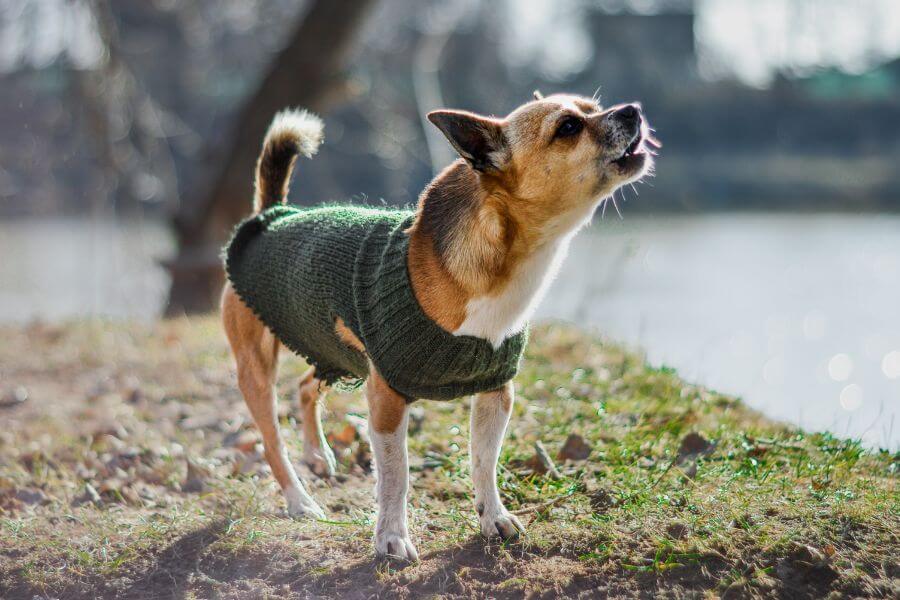
If your dog experiences a seizure, it can be a frightening and distressing situation. However, it’s crucial to stay calm and take appropriate steps to

If your dog experiences a seizure, it can be a frightening and distressing situation. However, it’s crucial to stay calm and take appropriate steps to
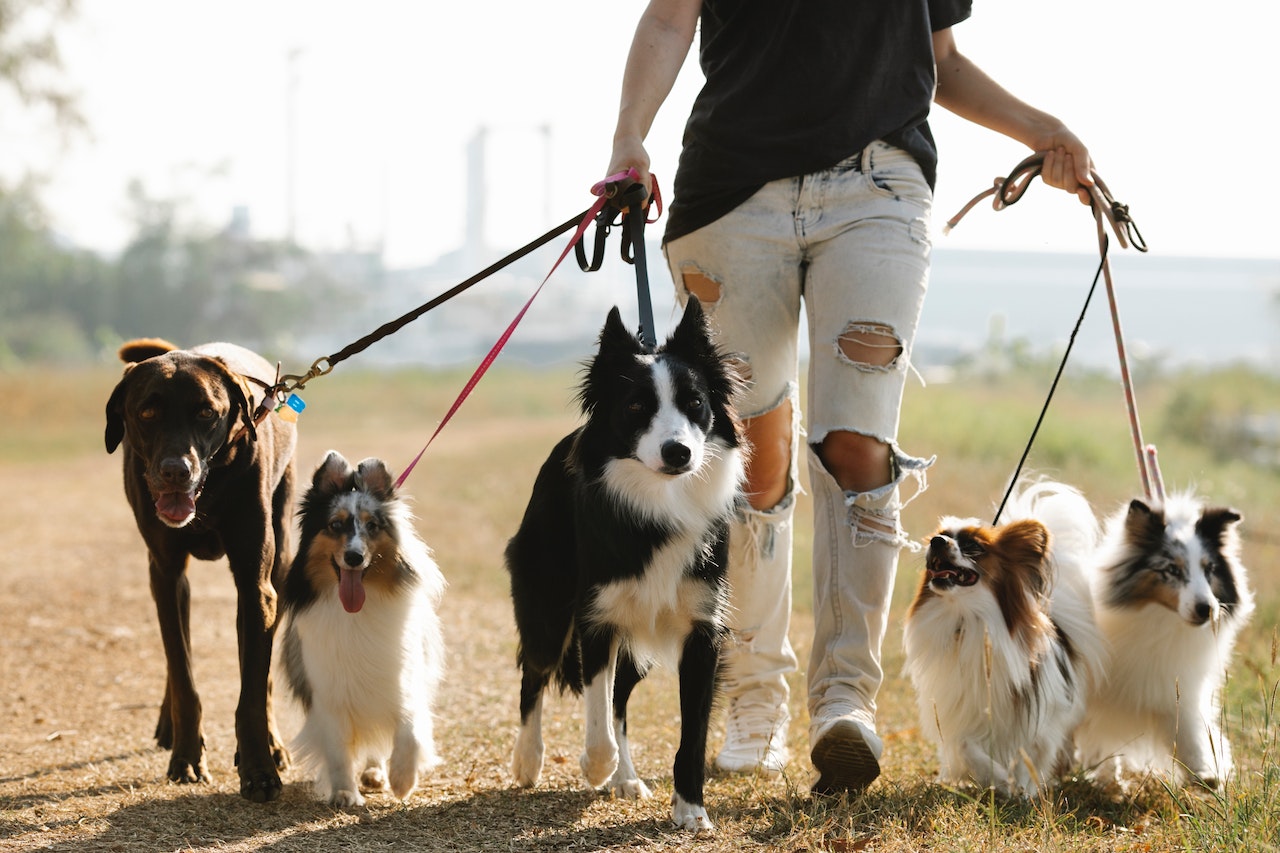
Pet Fooled is a documentary that gained popularity in 2016 and has resurfaced on social media, drawing renewed attention. Pet parents worldwide are streaming it

Best WSAVA Approved Dog Food WSAVA is the World Small Animal Veterinary Association. It’s comprised of researchers and veterinarians from around the World, all focused
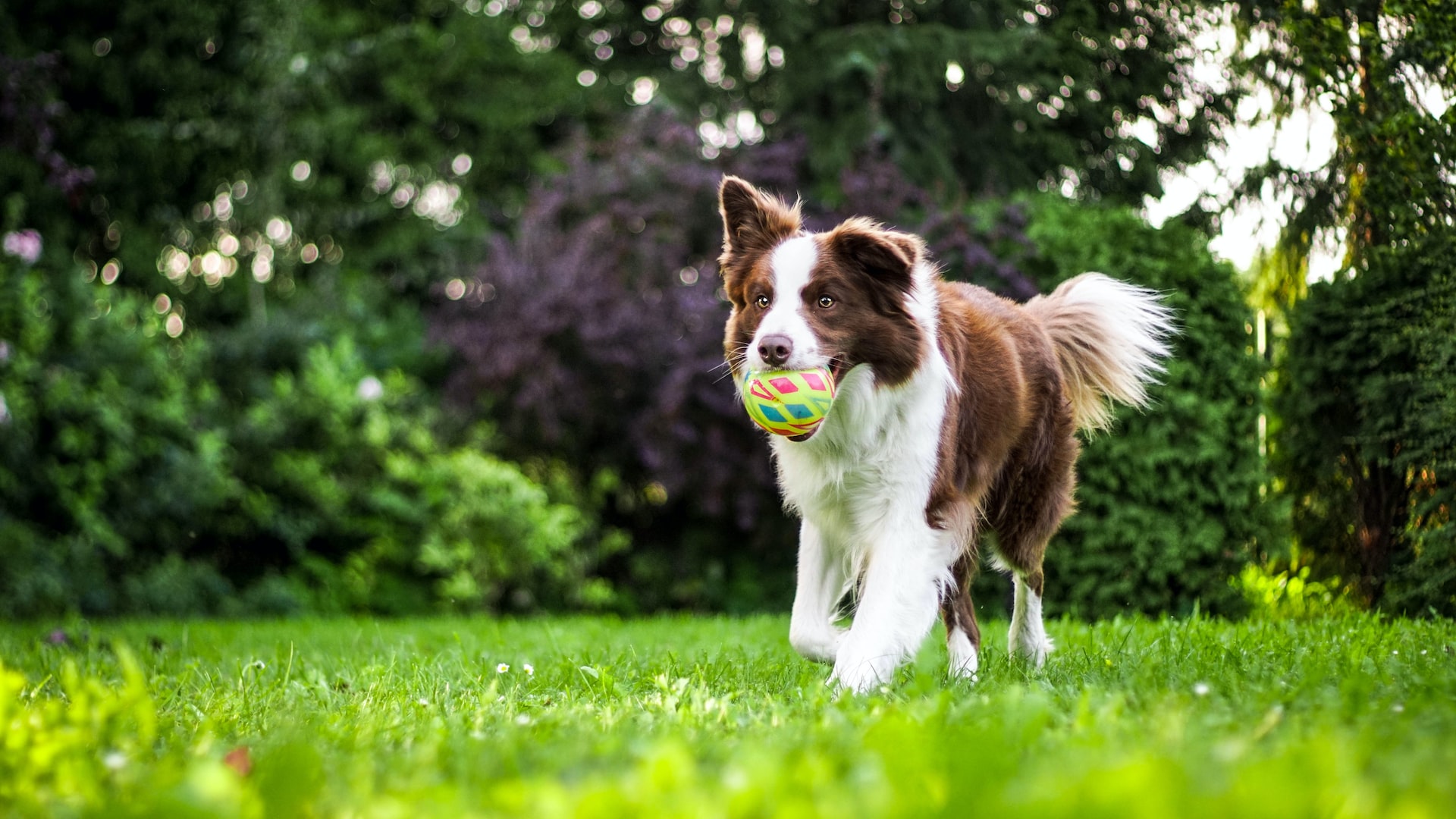
It’s no secret that I’ve become a passionate advocate for good nutrition when it comes to my dogs. At one time I fell for some
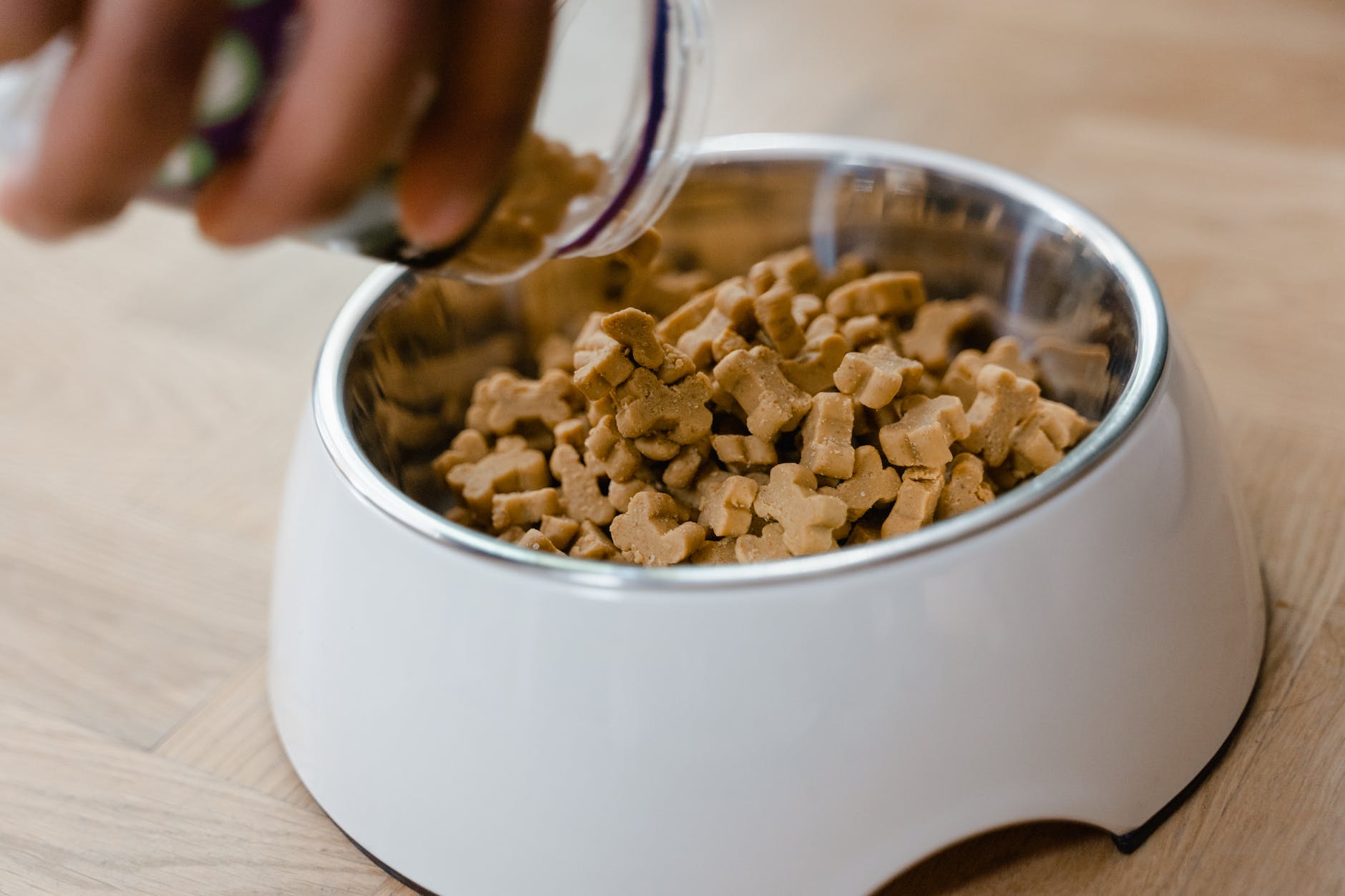
We’ve been closely watching and monitoring information and studies in regard to dietary DCM in dogs. DCM is a deadly heart condition that often results
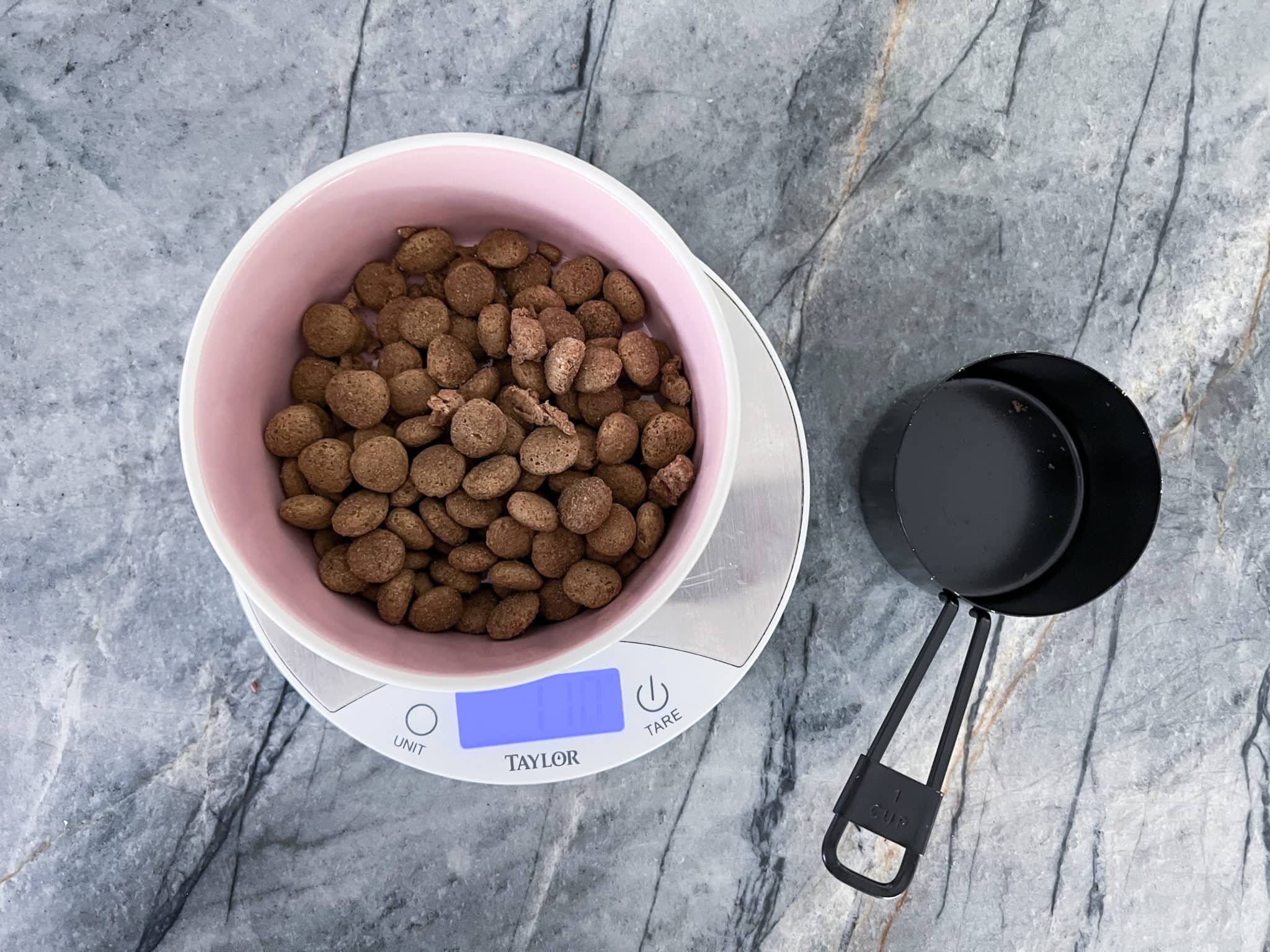
Do you have a hard time knowing how much food to give your dog? Are you afraid of overfeeding them and making them obese? Or
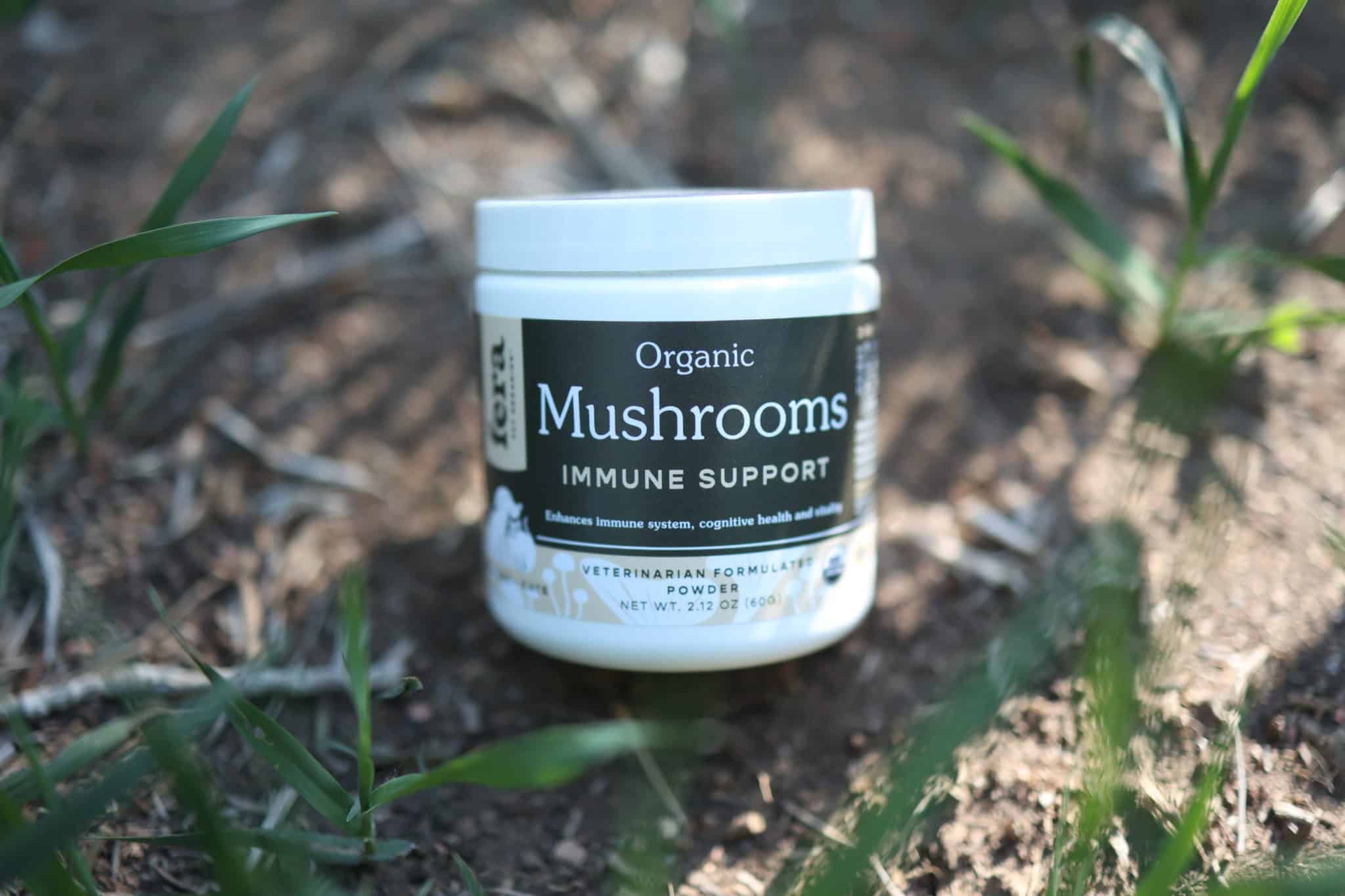
Have you ever considered using mushrooms for dogs? Did you know that mushrooms have many health benefits for dogs? In fact, they can be a
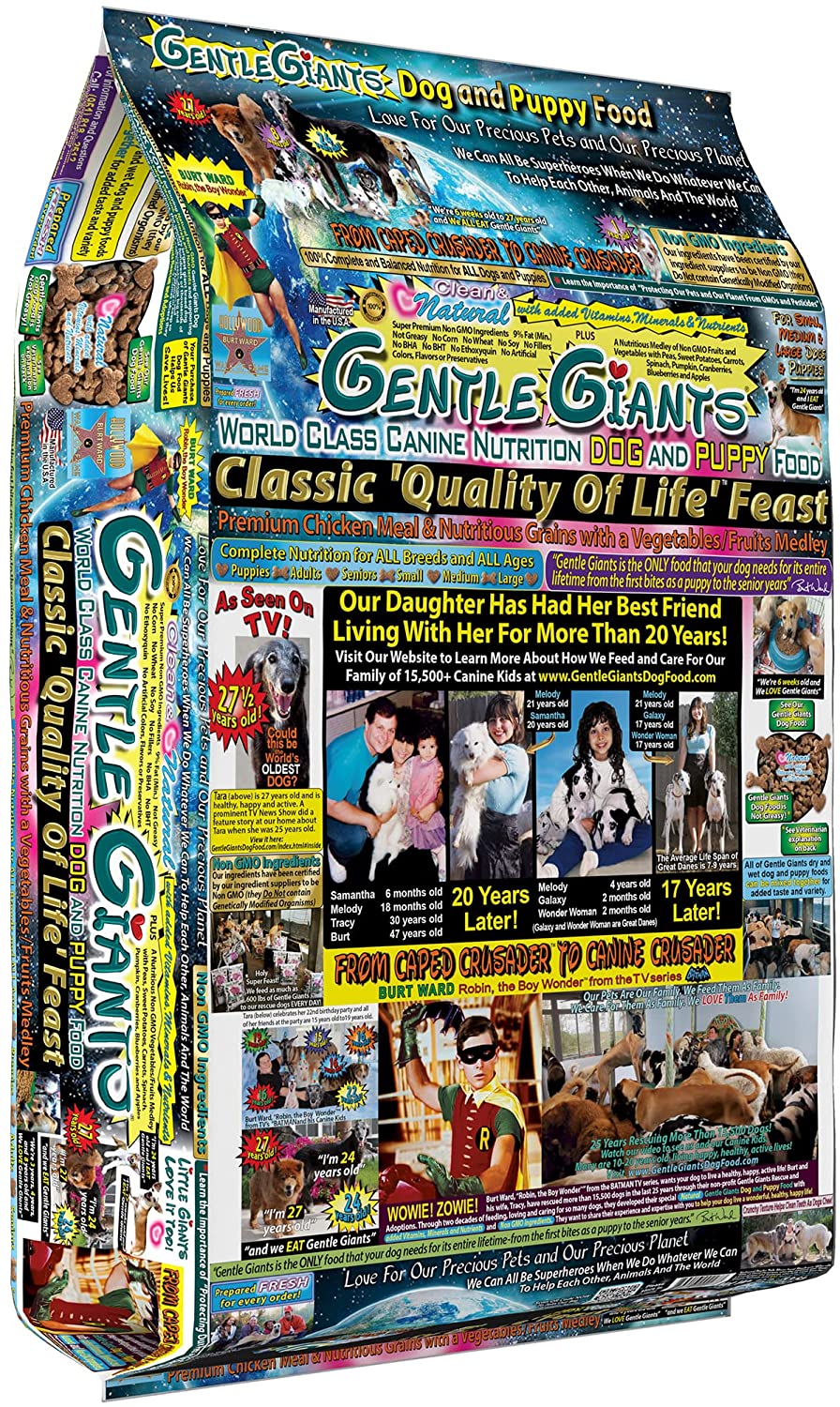
Today, we’ll be providing a comprehensive Gentle Giants dog food review, offering fresh insights to help you make an informed decision when choosing food for

Is your Great Dane not eating enough? This can be concerning and it’s a popular topic in the Great Dane community! There are various reasons

There is a big debate going on in the world of big dogs. People are very confused about whether they should feed their Great Dane